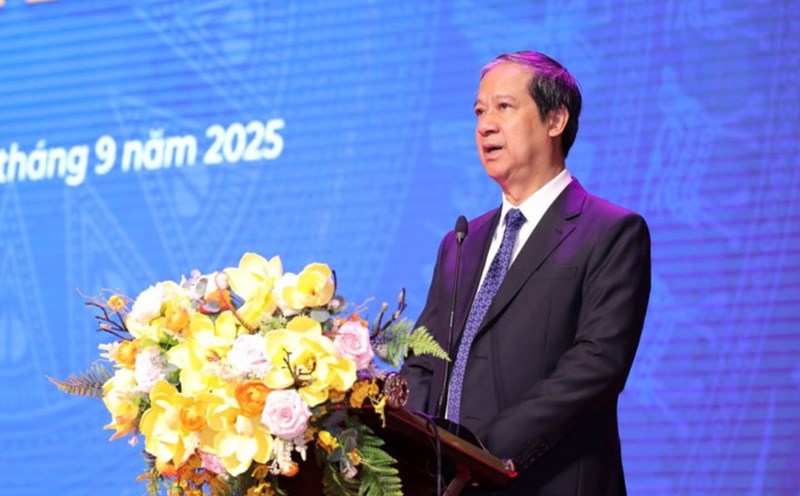The information was announced by Minister Nguyen Kim Son at the 2025 Higher Education Conference held on September 18.
According to the Minister, in addition to non-public schools that will be self-resolved, educational institutions of the public security and military sectors will follow the management of their ministries and branches, the remaining about 140 public universities will be subject to arrangement and merger.
Dr. Le Viet Khuyen - former Deputy Director of the Department of Higher Education (Ministry of Education and Training) - said that merger is an inevitable trend.
He analyzed: "We need to merge to improve operational efficiency, reduce training costs and avoid spreading and breaking up. There are schools with weak management capacity and cannot stand firm, so merger is necessary. At the same time, we must move towards a multi-disciplinary school model, not let single-disciplinary schools develop individually".
According to Mr. Khuyen, this is also the path that many developed countries have taken. In some Western countries, there are three systems: elite research universities, regional universities and community colleges. Each system has a different role but is managed uniformly, supplemented with each other or in some other countries, the method of gathering institutions into multi-disciplinary and multi-disciplinary universities is also promoted to take advantage of resources and increase competitiveness.
Dr. Le Viet Khuyen said that the merger of universities needs to be carefully researched, implemented carefully, with a plan and principles.
He said that schools in the same field should not be merged, because it can easily lead to internal competition. Instead, it is advisable to merge with other schools in the field to form a multi-disciplinary, multi-disciplinary university.
In addition, it is necessary to clearly classify elite universities, regional universities and local universities. Each type has its own mission, and cannot be combined mechanistically.
"For example, in Ho Chi Minh City, national universities must play an elite role, while local schools are responsible for training human resources for the region. If the input is incorrect, the system will be unbalanced," said Dr. Le Viet Khuyen.
He also said that it is necessary to unify management to avoid dispersing resources. To successfully merge, it is necessary to include a focal point, the Ministry of Education and Training. Then, when the school is capable, it will be given real autonomy.
In addition, he emphasized the relationship between merger and autonomy: "If the school does not have enough potential and gives autonomy early, it will easily lead to commercialization of education, chasing short-term profits. On the contrary, merging to create units that are strong enough, then giving autonomy, then autonomy is the true nature", he said.
According to him, the feasible measure is to build a clear three-level system: national universities play an elite role; regional universities serve a large area; while local universities are only responsible for training human resources for provinces and cities.
"Ho Chi Minh City and Hanoi can take the lead in applying this classification method, thereby becoming a model for the whole country. If done correctly, these two places will be the place to form a strong, multi-disciplinary, multi-disciplinary university system, with both elite universities leading and local schools that play a good role in training the labor market. On the contrary, if it continues to be segmented and localized, it will fall behind the international trend," Dr. Le Viet Khuyen emphasized.











